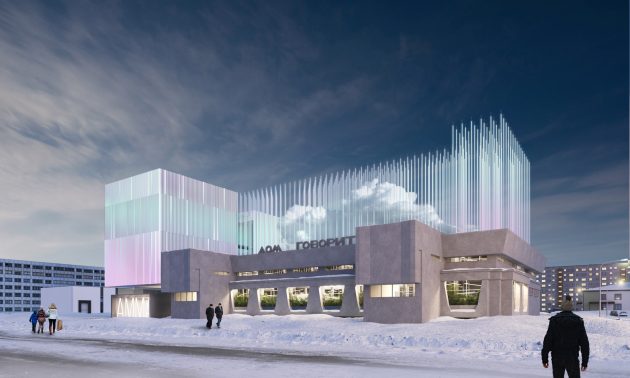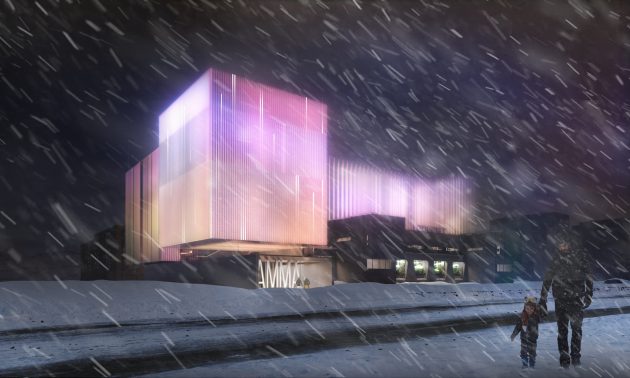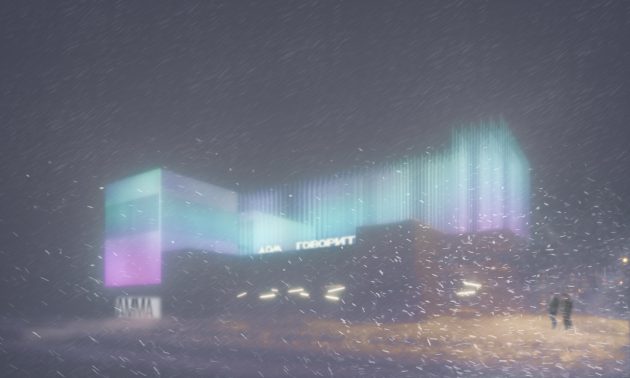Archdaily, an online platform that reviews noteworthy architectural projects, products and trends has listed the Arctic Museum of Modern Art in Russia’s Norilsk as one of the 8 Best Unbuilt Architecture highlights in its weekly feature.
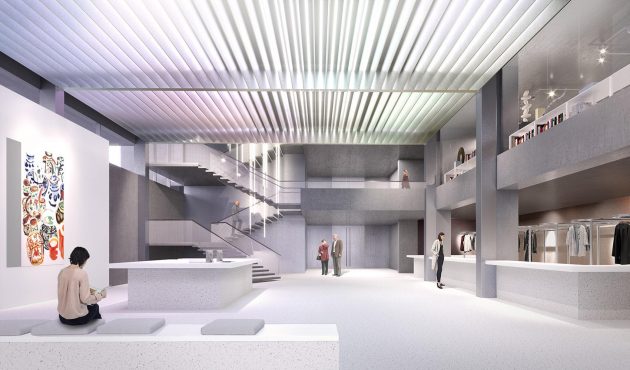
The Arctic Museum of Modern Art (AMMA) is planned in place of the former House of Commerce — one of the few architectural examples of Soviet modernism in Norilsk. “Balancing a respect for the building’s inherent value with the necessity of freeing up space for a modern museum was a foremost consideration reflected in the new extensions implemented through the building’s framework”, says Nowadays, the architectural bureau behind the project.
One of the masterminds developing the Arctic museum concept is Nata Tatunashvili, Nowadays founder. Young and talented architect from Russia, she is known for work dedicated to breathing new life into urban sites.
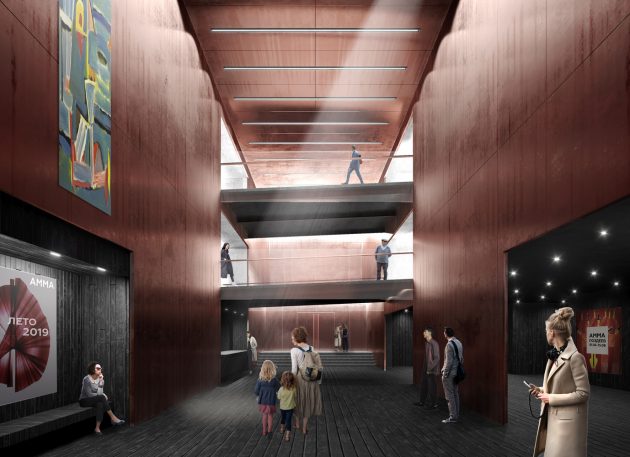
Norilsk is Russia’s northernmost city with a population of almost 200,000 people. The Arctic city owes its name to the Norilsk river that flows near it. The city itself is located near the Norilsk mountains.
Currently, Norilsk is undergoing big changes with metals and mining giant Norilsk Nickel, the main supplier of jobs here, set on the path to replace old housing, build new schools and hospitals as its business is expanding because of the growing world demand for base metals such as nickel, copper and cobalt.
The museum, funded by Norilsk Nickel, is expected to be built by 2025 and may well be among one of the most significant architectural feats in the Eastern Europe.
A special feature of the museum is the open storage, which is rare in Russia – the collection’s depository will always be accessible to the public. Another interesting and creative solution is the creation of a covered ‘town square’ on the ground and first floors. Here visitors will be able to enter almost any room, and the typical elements of the entrance area of a museum will be combined with a library, children’s area, etc.
The exhibition areas for contemporary art in the museum building represent two fundamentally different types of space. The depository, or «black box» as it is also known, occupies the second floor of the pre-existing building, and combines the museum storage — organized according to the principle of open storage — with a temporary exhibition space displaying museum-funded content that embodies a concentrated history of Norilsk.
The basement and first two floors comprise a completely open public space with free visitor access to most of the premises, wherein the typical elements typical of a museum vestibule are combined with an auditorium, library, children’s area, etc. Creating a public space in such harsh arctic conditions means moving it indoors — a method which realises the notion of a covered ‘city square’.
The new vertical building, otherwise known as ‘the white box’, is the main exhibition space, housing a constant flow of exhibitions displaying contemporary art from all around the world. Comprising two volumes of different height, the spaces are connected by the «hinge» of a staircase with glazed banisters and elevated to the level of a ground floor.
The building’s exterior reflects the complexity of its internal structure, with each element serving a distinct role and utilising a characteristic material. To prevent the original House of Trade building from looking out of place among its new urban environment, it is picturesquely clad in one of the most widespread finishing materials of the city, a decorative plaster «fur coat» that is resistant to the tough Norilsk climate, but does change slightly over time. Meanwhile, trapezoidal display windows exhibit a variety of brightly-lit greenery, in a technique borrowed from locals who decorate their windows in a similar fashion.
By contrast, the new building is designed to stand out from the surrounding landscape. The facade, being externally clad with lightly-tinted metal lamellas in vertical orientation, looks out of focus in the daytime due to the play of light and shade on the lamellas, while at night it glows softly and fragmentarily.
This structure, built over the roof of the existing building, manifests like a forest of thin metal columns, which can serve as a stage for material installations in the bright summertime, while housing light installations throughout the dark winters.
The two signs on the museum’s facade — AMMA and the phrase «The House Speaks» — refers, via an intimated anagram, to the sign which previously adorned the original building: «House of Trade».

